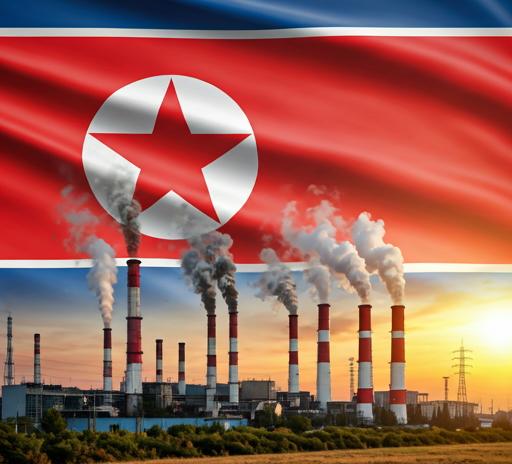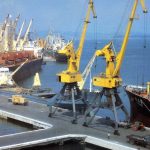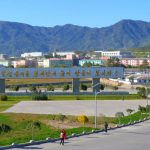North Korea

North Korea’s industrial development has been a major focus for the country’s leadership since the Korean War ended in 1953. Over the years, the country has made significant strides in developing its industrial sector. Particularly through the establishment of industrial estates. These industrial estates have played a critical role in the country’s economic development. They have provided a platform for the production of goods and services and driving growth in various industries.
One of the earliest industrial estates in North Korea was the Rason Special Economic Zone, established in 1991. This zone was located in the country’s northeastern region. It was designed to promote foreign investment and international trade. The Rason Special Economic Zone was followed by other industrial estates, such as the Kaesong Industrial Complex. These estates were strategically located in areas with significant economic potential. They were designed to attract investment and spur economic growth.
Self-contained estates
The industrial estates in North Korea are designed to be self-contained production zones, with infrastructure and services provided by the government. The estates typically have their own power plants, transportation networks, and waste management facilities. They also have housing for workers. The government provides tax incentives, subsidies, and other benefits to investors in these zones, making them attractive for foreign companies looking to establish a presence in North Korea.
The Kaesong Industrial Complex, for example, was established in 2004 as a joint venture between North and South Korea. It is located just north of the border between the two countries and is designed to take advantage of the skilled workforce in North Korea and the technological expertise of South Korea. The complex houses factories producing textiles, footwear, and other goods, with over 100 South Korean companies operating there.
Despite the potential benefits of these industrial estates, they have faced significant challenges in recent years. International sanctions and the COVID-19 pandemic have made it difficult for North Korea to attract foreign investment and maintain economic growth. The country’s isolation from the global economy has also made it challenging to access the latest technology and know-how, hindering the development of its industrial sector.




